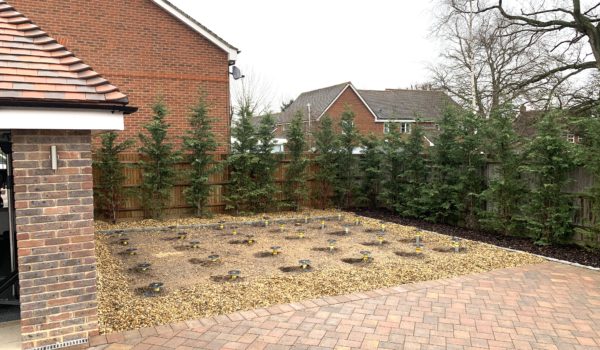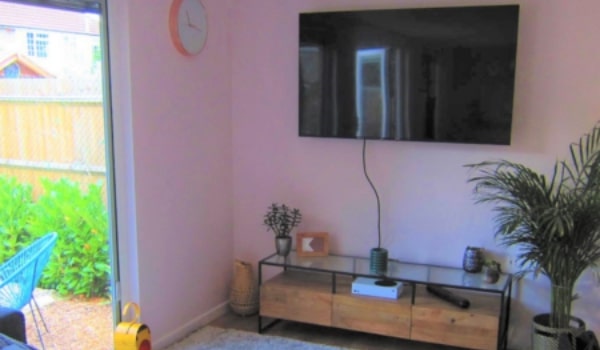Neighbour disputes frequently begin with tiny squabbles that grow as each side becomes fixed in their own interpretation of what is right or wrong. If you want to get along with your neighbours, it’s important to understand your legal rights and duties. Here’s a step-by-step guide on garden laws for your next-door neighbours.
Garden buildings
The majority of garden sheds and garden buildings fall under the category of ‘permitted development.’ That is, they are an add-on to the pleasure of the living place rather than a distinct dwelling place in and of themselves, and therefore do not require planning approval.
Even if you only intend to use your garden shed to store equipment, they must fulfil certain requirements, otherwise, you must apply for the necessary planning permission. If your shed is within 2 metres of a boundary wall or fence, for example, no part of the construction may be higher than 2.5 metres.
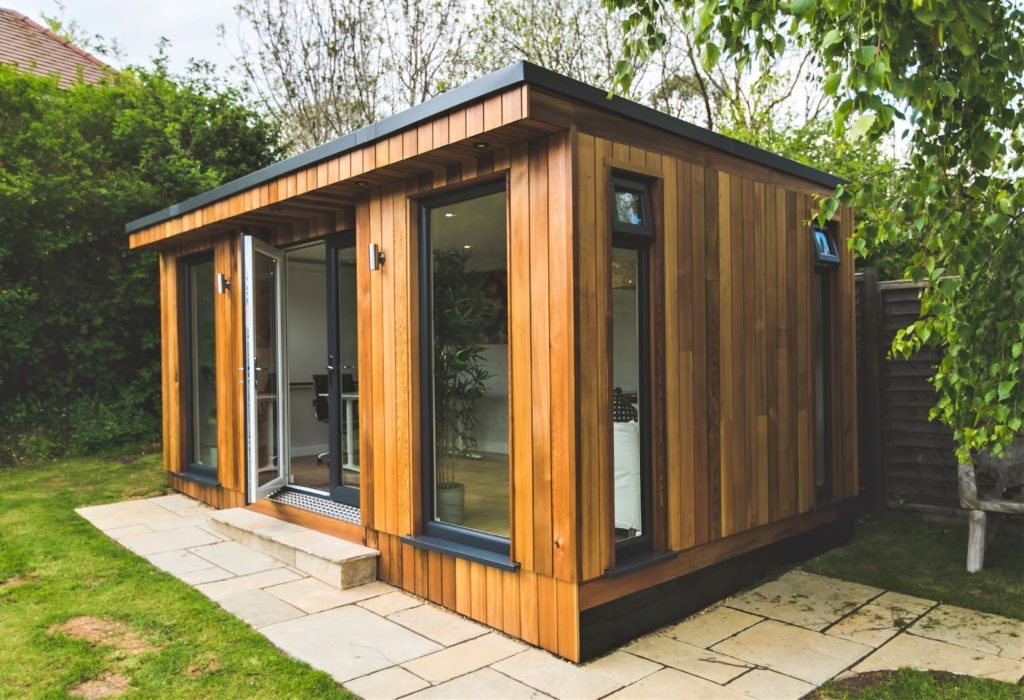
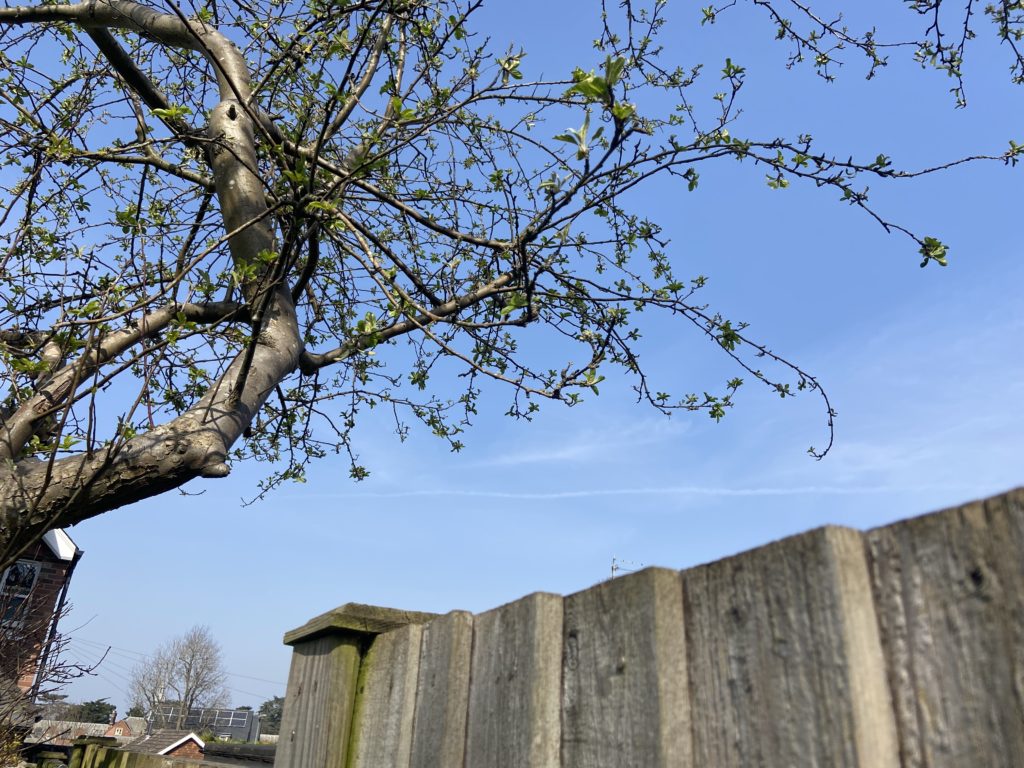
Overhanging branches
You are allowed to trim a tree’s branches that overhang into your garden from a neighbour’s but only to the line of your property. If you lean over into your neighbour’s garden without permission, this could constitute trespass.
You have the legal right to trim any overhanging leaves and branches up to the boundary line, but because the debris is still your neighbour’s property, you can’t get rid of it without their permission. You may return the twigs, but you may not throw them back over the fence, as this is considered fly-tipping.
Fruit picking
Branches that dangle into your garden up to the property boundary, as well as any flowers or fruit on them, are still the property of your neighbour.
You must first request permission to pick the fruits protruding from next door, as they are not yours. Your neighbour has the legal right to ask for them back.


Privacy
Children love trampolines, but if your children can peer into your neighbour’s garden with every bounce, it can make them feel somewhat spied upon.
Avoid putting it in a place where children may bounce and see into a neighbour’s garden or house. Their right to privacy would be harmed as a result!
When constructing a garden building we suggest using obscured glass when a window or door faces a neighbour’s property. It’s a two-way privacy respect thing and normally a requirement for works undertaken under Building Regulations.
BBQ and hot tubs
What could be more relaxing than a hot tub in your backyard? After a long day, a place to socialise or simply unwind. It’s also an excellent location to relax after a BBQ.
Although having a hot tub or grilling isn’t unlawful, the noise and smoke they produce might irritate your neighbours.
Instead of utilising a grill, a chiminea would be a fantastic option. Keep smoke to a bare minimum without sacrificing the atmosphere.


Hedges
If a hedge grows along the boundary between two gardens, both neighbours are responsible for cutting it. You may cut your neighbour’s hedge if it grows into your garden, but you must return the clippings to the owner, otherwise, you’ll be breaking one of the garden laws.
Boundary disputes
It might be difficult to resolve boundary and fence conflicts. The documents to your home should specify who owns certain fences and who is responsible for maintaining boundaries.
However, there is no legal obligation to keep boundaries in good shape. Unless, of course, your documents explicitly state otherwise. The concern is that boundaries might shift over time, resulting in disagreements afterwards.
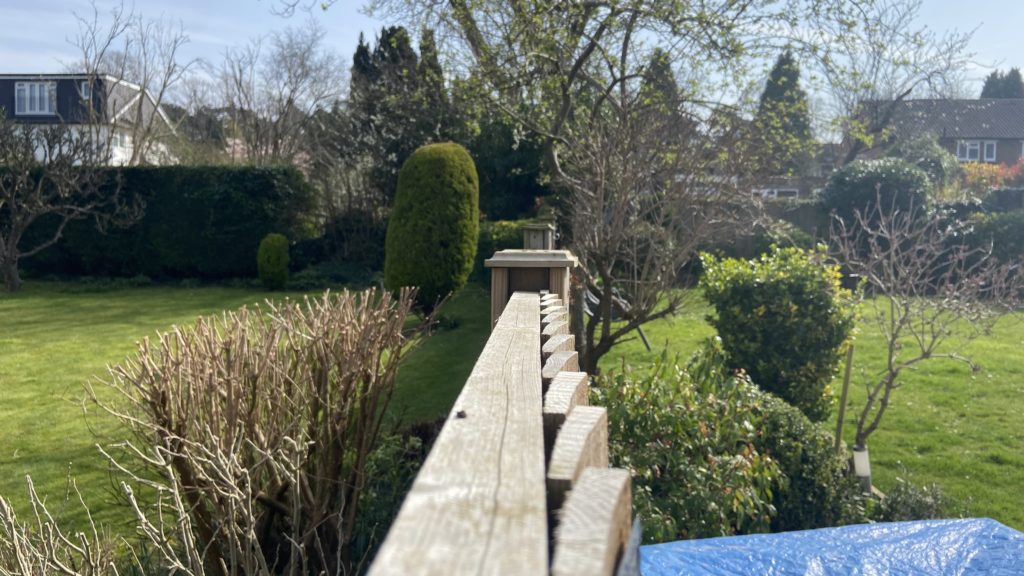
To further avoid neighbour disputes you may need to inform yourself of the rules that apply to a garden building
For more information on garden laws please feel free to contact us






